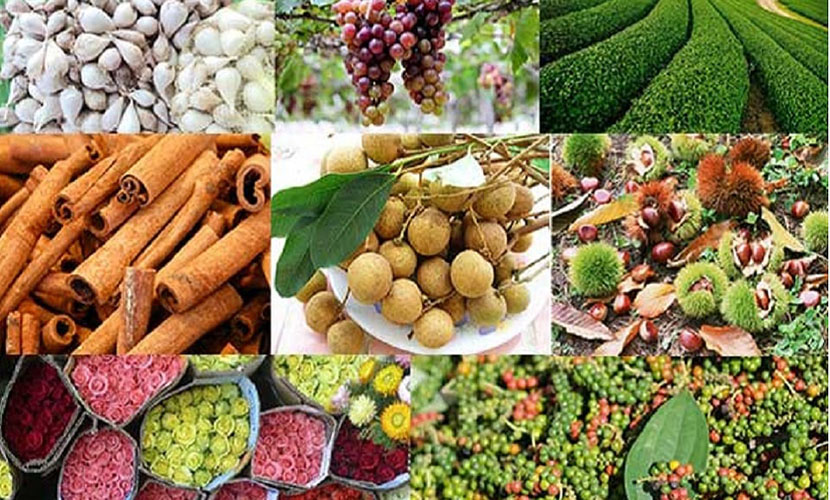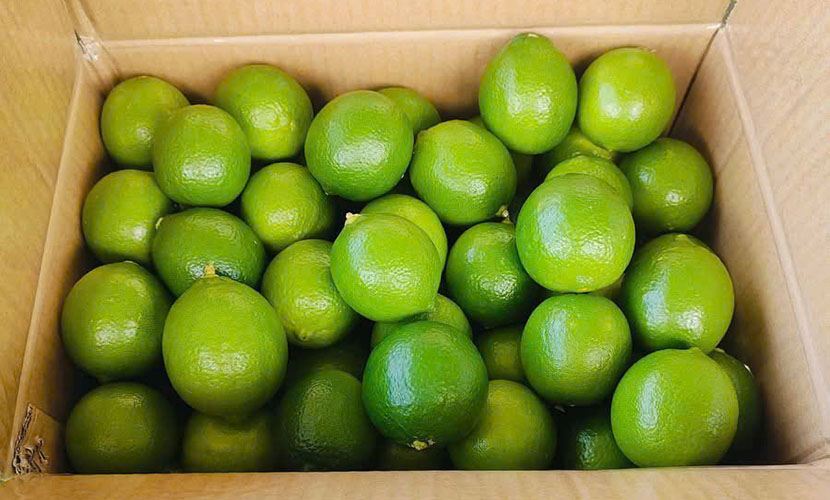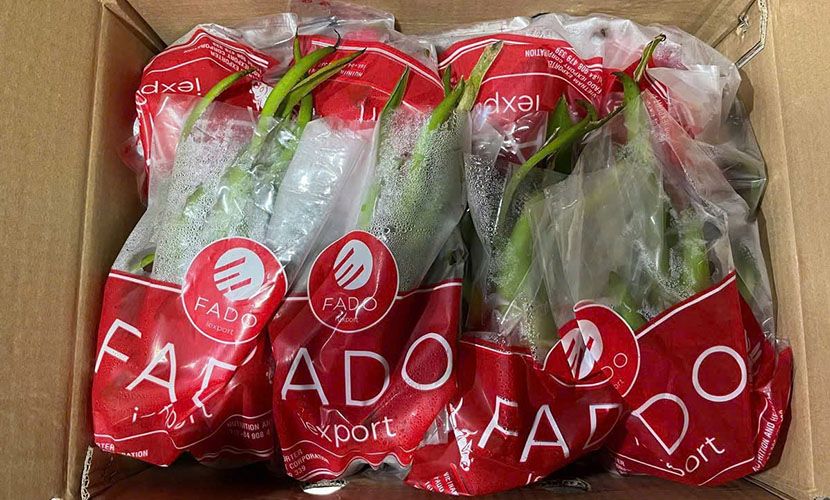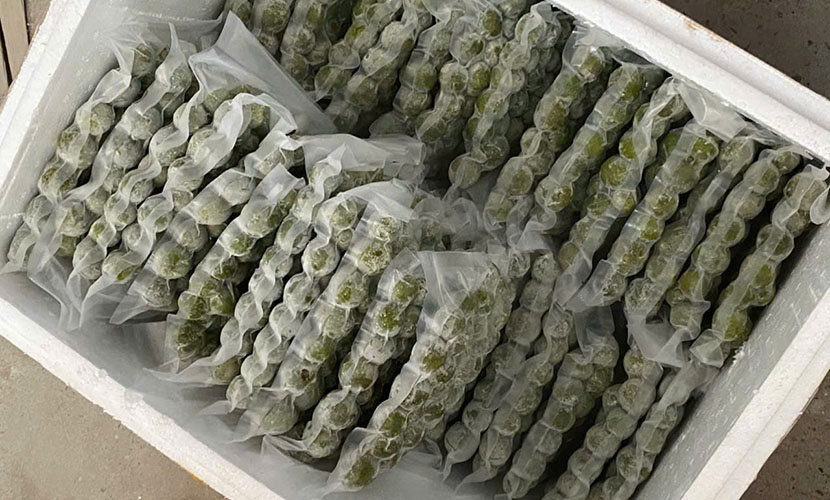
The gorvernment has implemented solutions to help Vietnamese agricultural products expand into new markets.
Currently, three main pillars: investment, consumption, and exports have been driving Vietnam’s economy. Among these, domestic consumption and exports play a crucial role. They not only ensure an uninterrupted supply chain but also improve people’s livelihoods and supporting other countries in the region.

Vietnamese agricultural products
Vietnamese agricultural products have now been available to more than 190 countries and territories. This success is the result of continuous efforts by farmers in production and business. Also, governmental policies for market development and trade promotion play an important role.
However, to achieve the goal of $70 billion in agricultural exports by 2025, the sector still faces many challenges.
An expert noted that the use of technology in connecting agricultural markets is becoming more common. There are more local leaders and influencers participating in livestreaming to help farmers sell products.

Fresh lime from Vietnam
However, it is necessary to have clear planning and direction avoid unhealthy competition. Also, it ensures harmonious development of the domestic market and preserves the value of Vietnam’s agri-products.
“Applying information technology in sales, especially livestreaming, is a global trend,” the expert emphasized.
In China, this form of sales is developing robustly and will continue to grow. The key issue is ensuring that livestreaming activities are conducted in a healthy and lawful manner.

Vietnamese dragon fruit
Currently, Ministry of Industry and Trade is currently drafting the E-commerce Law. It includes specific regulations for livestreaming activities, to help farmers and localities implement this approach effectively.
At the same time, the Ministry should roll out training programs to equip farmers with livestreaming skills. Accordingly, it enablestens of thousands of households to access markets from local to international levels.
The Ministry should organize more trade fairs and invite thousands of foreign buyers for cooperation. Also, businesses and cooperatives have been supported in participating in international trade promotion programs.
For a long time, Vietnamese farmers primarily produced for self-consumption. Up to now, they have exported many products globally, but they neglected the domestic market. Notably, Vietnam has a population of 100 million, with enormous demand for agricultural goods.

Vietnamese glass noodles
Therefore, it is necessary that producers and support units must focus on developing a safe and effective domestic market strategy.
The Ministry of Industry and Trade will actively organize trade fairs and promotion programs in localities. As a result, it helps farmers distribute their products through domestic enterprises and partners.
The Ministry has recently coordinated closely with other ministries and sectors to accelerate negotiations on market access in various countries. They are Costa Rica (CPTPP), the Gulf Cooperation Council (UAE, Saudi Arabia, Qatar, etc.), and the Mercosur bloc (Brazil, Argentina, Uruguay, Paraguay).
At the same time, the Ministry has implemented solutions to maximize the benefits of key products such as rice, coffee, pepper, and cashew nuts in potential markets.

Frozen dracontomelon from Vietnam
Free Trade Agreements (FTAs) are opening up major opportunities: coffee, tea, pepper, and cashew nuts enjoy 0% tariffs in most markets. Vietnamese rice has export quotas into the EU and UK at 0% tax. Many types of fresh and processed fruits and vegetables have also seen import tariffs eliminated.
To meet integration requirements, farmers, cooperatives, and enterprises must strictly adhere to technical standards, food safety regulations, and traceability. They also need to strengthen value chain linkages, from production to processing and export, to ensure stable supply.
Additionally, they must accelerate technology adoption and digital transformation to increase productivity and reduce costs. Also, they should building brands linked to growing areas, geographical indications, and product stories. Finally, promote the role of cooperatives and key enterprises as bridges to international markets.
Vietnamese source: https://thuehaiquan.tapchikinhtetaichinh.vn/tan-dung-co-hoi-khai-thac-thi-truong-moi-cho-nong-san-viet-199706.html
